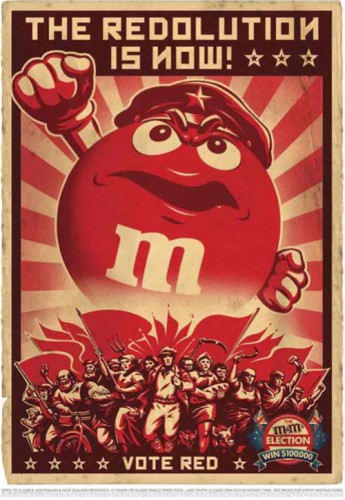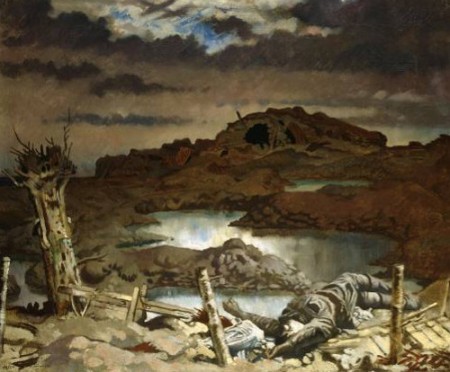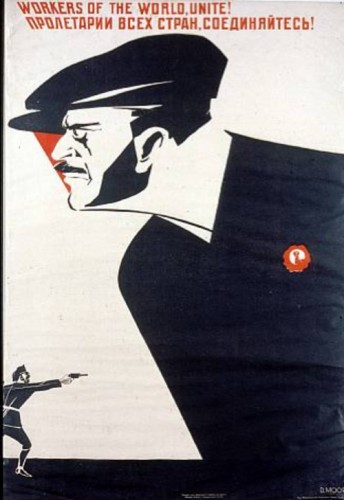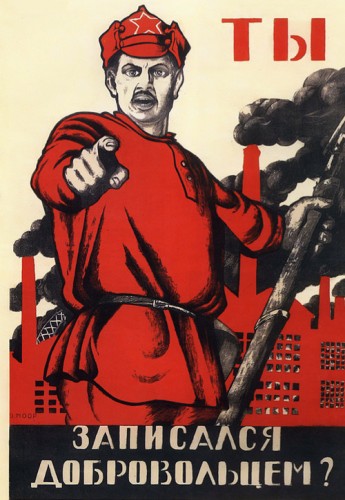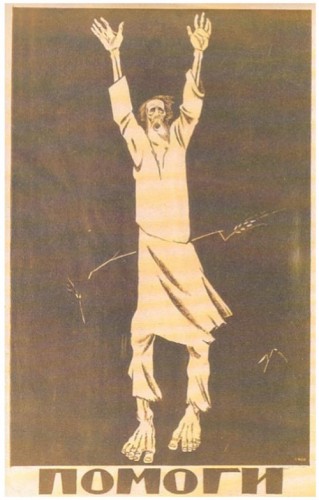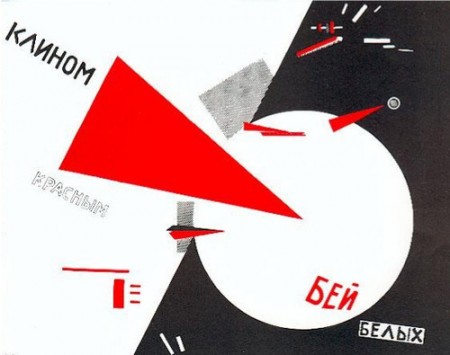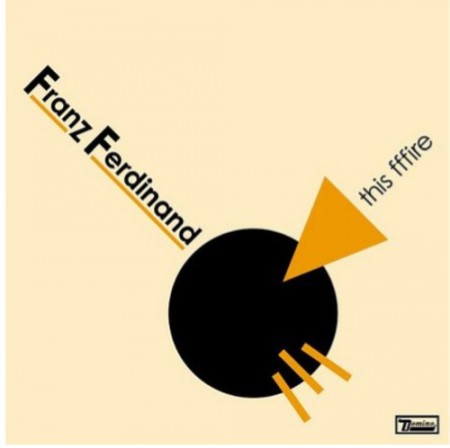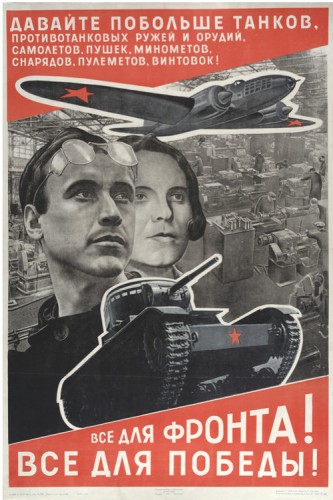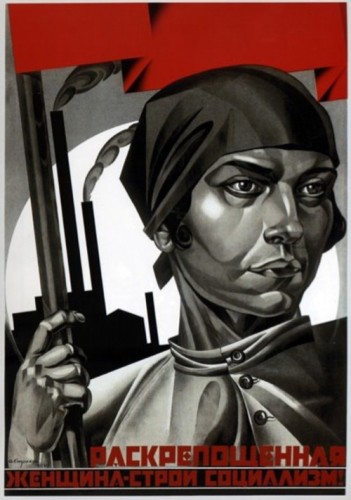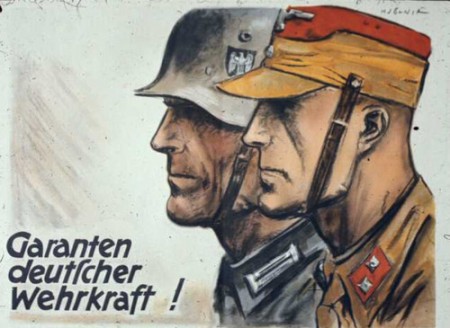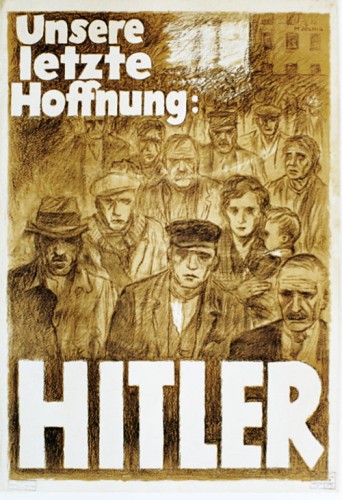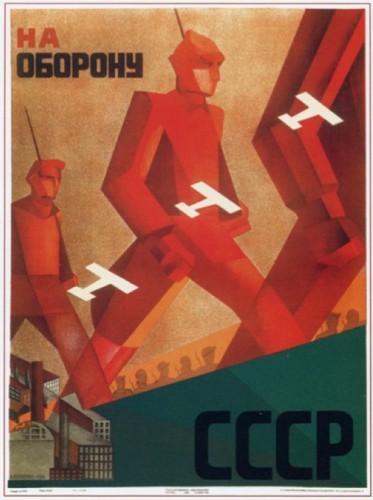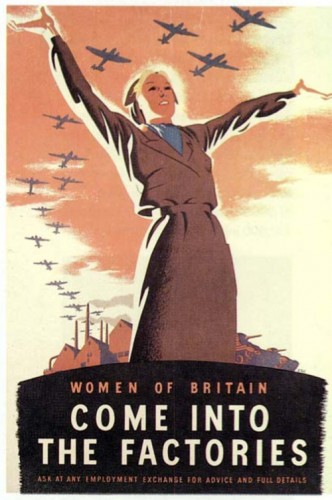The Most Famous Poster in the past 100 years ( part 1)
Propaganda poster is known as a form of war posters. This is a mode of communication in order to influence a group of people and it is not something bad.
Although propaganda posters often used to arouse the emotions of human events, it is also very effective in conveying the message and can also be used in web design.
Note that propaganda poster used the messages to change attitudes to the target audience. When applied to web design, you can use technology in the poster. Propaganda posters for a unique and memorable design.
In this article, we have collected so many different propaganda posters with the artists that we can hardly see. You will also see the effort behind the propaganda poster.
Note that this article is not for the purpose of talking about the artist painted propaganda posters.
William Orpen
England, 1917 Orpen studied at the Slade School in London, along with Augustus John and Wyndham Lewis. He studied very well in school and became famous for his portraits. A friend of Orpen arranged so that he could draw portraits for high-level military officials, as Lord Derby and Churchill.
In 1917, he was the government headquarters of War Poster brought to the West to draw pictures of the ruins of war France. At that, Orpen complete picture of his most famous: “Dead Germans in a Trench.”
Dimitri Moor: Russia, 1917-1921
Dimitri Moor (or Dmitry Stakhievich Orlov) changed the face of graphic design of the Soviet Union in 1918. His work is Bolshevik Era (1917-1921) and the New Economic Policy (1921-1927).
The main theme of the Moor is a profound contrast between oppression and heroic forces. A lot of impact on the Russian workers rebelled against imperialism.
Many works of art of Moor limited in two colors, black and red. Black is often used for the main part of the poster, and all the hot colors for the capitalists. Red is used for the socialist elements such as flags and workers’ shirts.
This is a poster of little-known artists, call for the help of the Russian people during the famine in 1920. It’s only a single word “Pomogi” means please help. A picture of the old man just skin and bones. Barley and finally barely visible in the picture.
El Lissitzky: Russia, 1920
El Lissizky spent the entire devotion to his career because he believed that artists would be a good opportunity to change, and he has done a lot to show for it. He himself is an artistic representation of the movement at that time.
He is the father of design on display along with Kazimir Malevich;, and together with his colleagues, he has changed the design a new look of typography, exhibition, photo montage and book cover design.
Most of the modern technology that we see today and the font appears in the film, type word modern Kenetic is of Lissitzky.
Here is one of his famous works. It truly reflect the style of its creator. Abstract style that even a lay person would easily recognize.
The abstract and distinct color palette as a poster has a clear message. It shows the Russian revolution took place in 1917. The white circle represents the conservative old regime and the red triangle represents the communists always move forward and innovative perspective. It represents the triumph of communism.
You can also get it from the album cover of Franz Ferdinand
Then, in 1921, El Lissitzky taking a job as the Russian cultural ambassador in Germany. His work influenced a lot of iconic design and the Bauhaus movement and De Stijil.
Take a look at his last poster below in order to propagate and encourage the Russian people to win the war against Nazi Germany.
Strakhov Braslavskij: Russia, 1926
Braslavskij known for posters promoting women’s liberation movement. During his time in Russia, the idea of gender equality has been formed. Women’s liberation communist parties are very supportive and the women should be freed from the duties of a wife and mother.
He has a lot of work on women’s liberation and socialist movements. Poster below shows the idea clearly.
The woman is painted in a special way in the slightly masculine clothes and hide his definition of women, and look cool cover every emotion. There is first of a woman, we see women who can do the job as a man, and she holding red flags of the Communist movement.
The strange thing is that the image does not show directly the liberation of women, the way it is to make women look like men, dress men, working in factories and hidden femininity of them. The reason for women’s liberation is simply increasing labor force and strengthen the communist movement.
Hans Schweizer: Germany, 1930
1930 in Germany, the propaganda poster was formed and began Hitler used to call the German people to fight and spread against Jews.
One of the most famous artists are Hans Schweitzer known as “Mjolnir”. Poster of Hans Scheweitzer is the subject of Nazi Germany, to support the strength of the German army, a SA man standing next to a soldier. And the “power of the German army”.
Mjolnir next poster entitled “Our Last Hope: Hitler” has been used in the presidential election of 1932, when Germany experienced severe recession.
Nazi Stand close to the German people were unemployed and living on benefits and they need to Hitler as their savior.
Propaganda poster was then used as a blaming of the Jews by the Germans and war issues. Many poster that says “You are guilty of war”. That is the main message of Hitler began a campaign of terrorism and ethnic genocide. Most of the poster of Mjolnir artists.
As well as the current public media, Mjolnir’m sure tell the thinking of the German people through his work.
No doubt the moral and emotional deception of these designs, they really work and have a strong impact in that time.
Valentina Kulagina: Russia, 1930
Kulagina is one of the few female artists from the 20th century. Her style was heavily influenced by the many, and you can see the similarities between her and El Lissitzky.
This poster called: “Protecting the Soviet Union” which Kulagina completed in 1930. It is the cubic shape and shows Red Army terrorist robots giants, marched from the factory to fight the war. They are surrounded by small white plane of the monarchy without any effect.
Phillip ZEC: England, 1930
Phillip ZEC are most familiar with the descriptions of Nazi Germany, such as snakes and vultures. At that time, the Nazis often draw clowns clumsy or a joke. But ZEC showed the malignancy of Nazi Germany after their works.
Hitler took ZEC on his black list and ordered his arrest after the invasion of England. That his ancestors was Jewish because of his radical ideas.
This poster of the ZEC is a call to war by women working in the factory ammunition.

